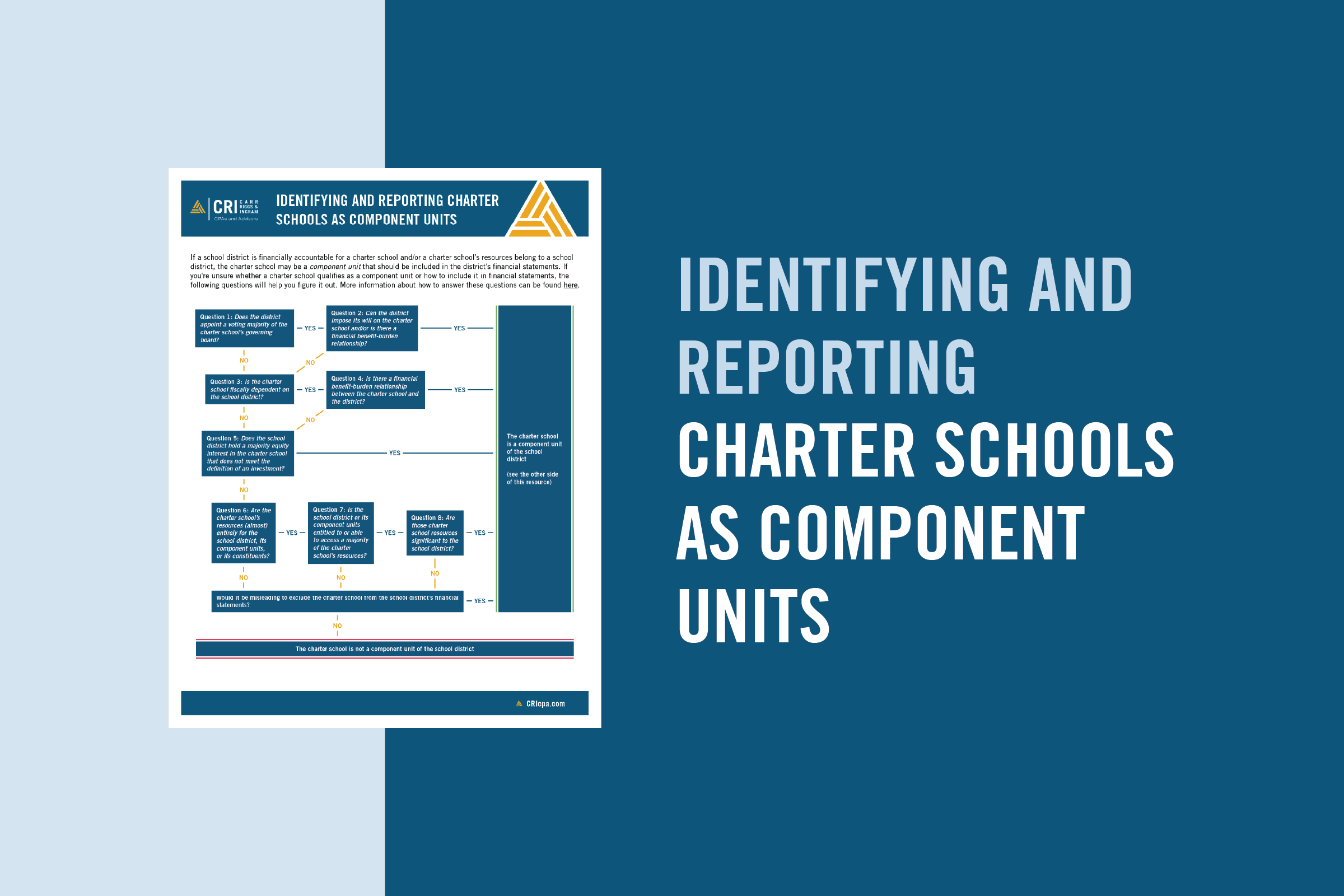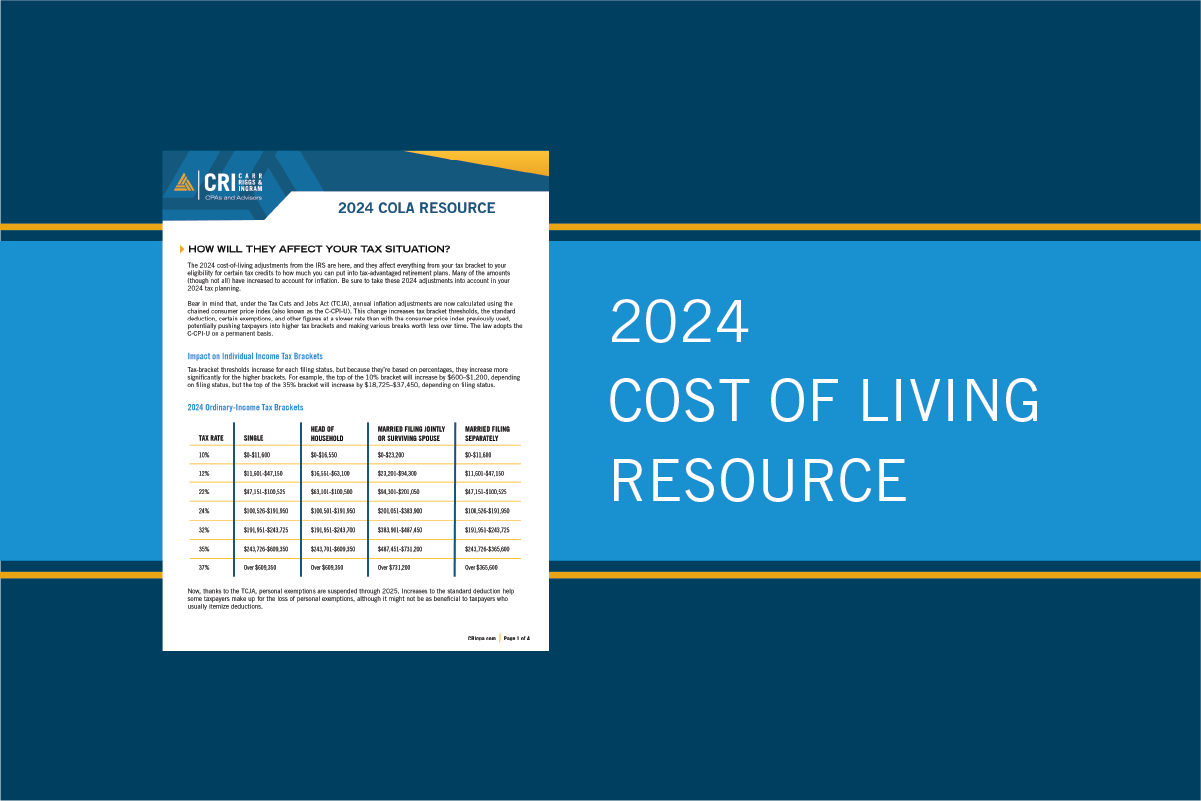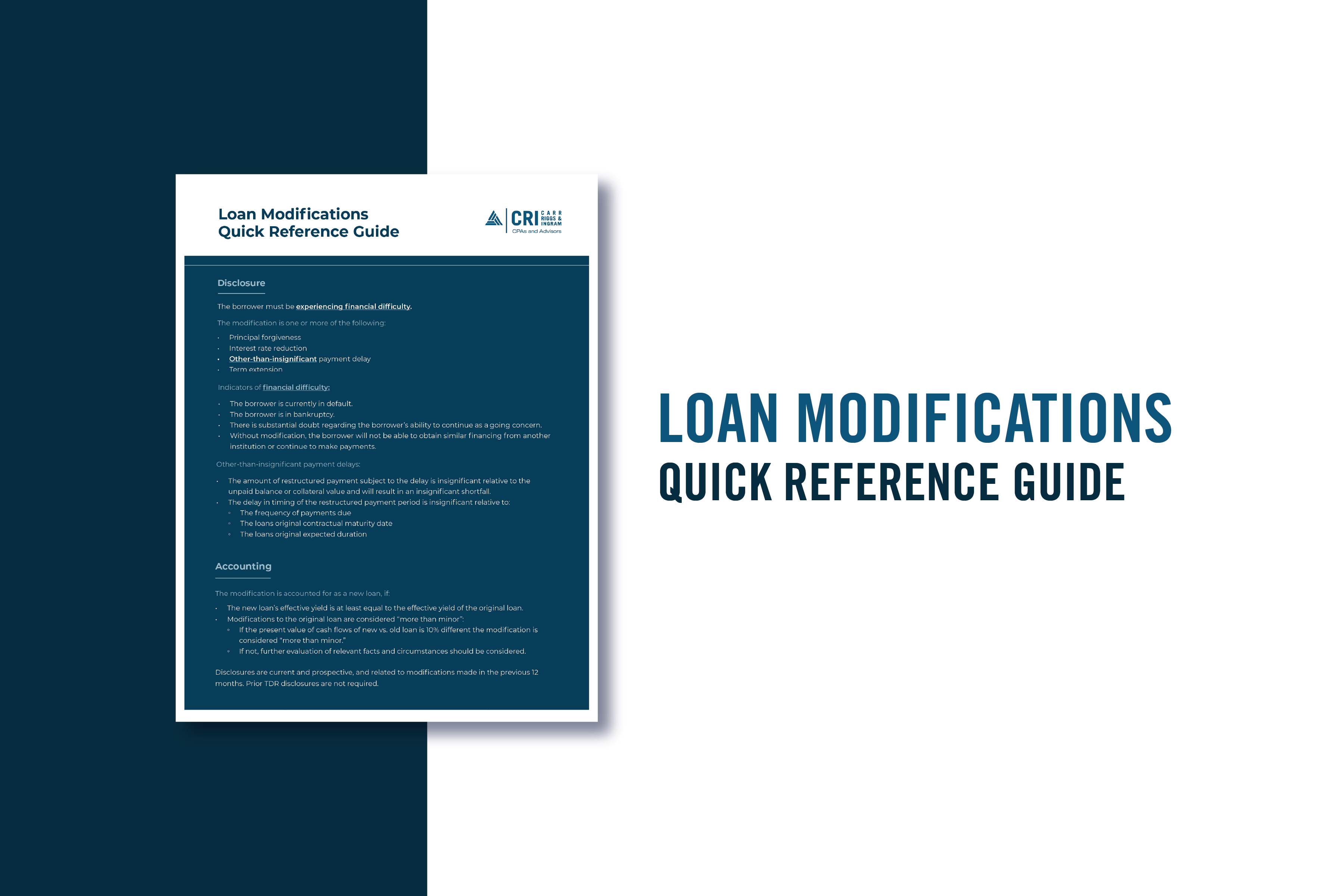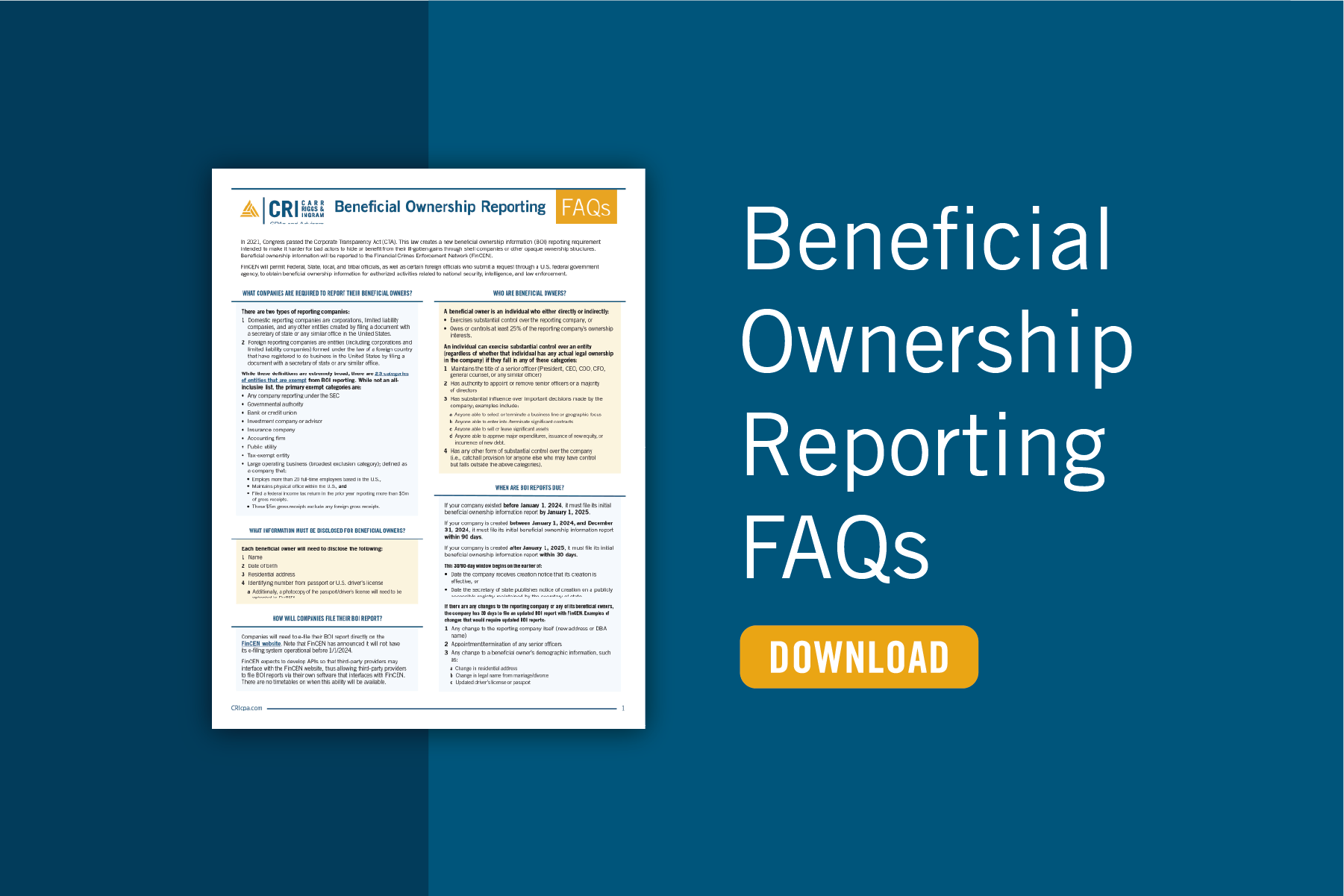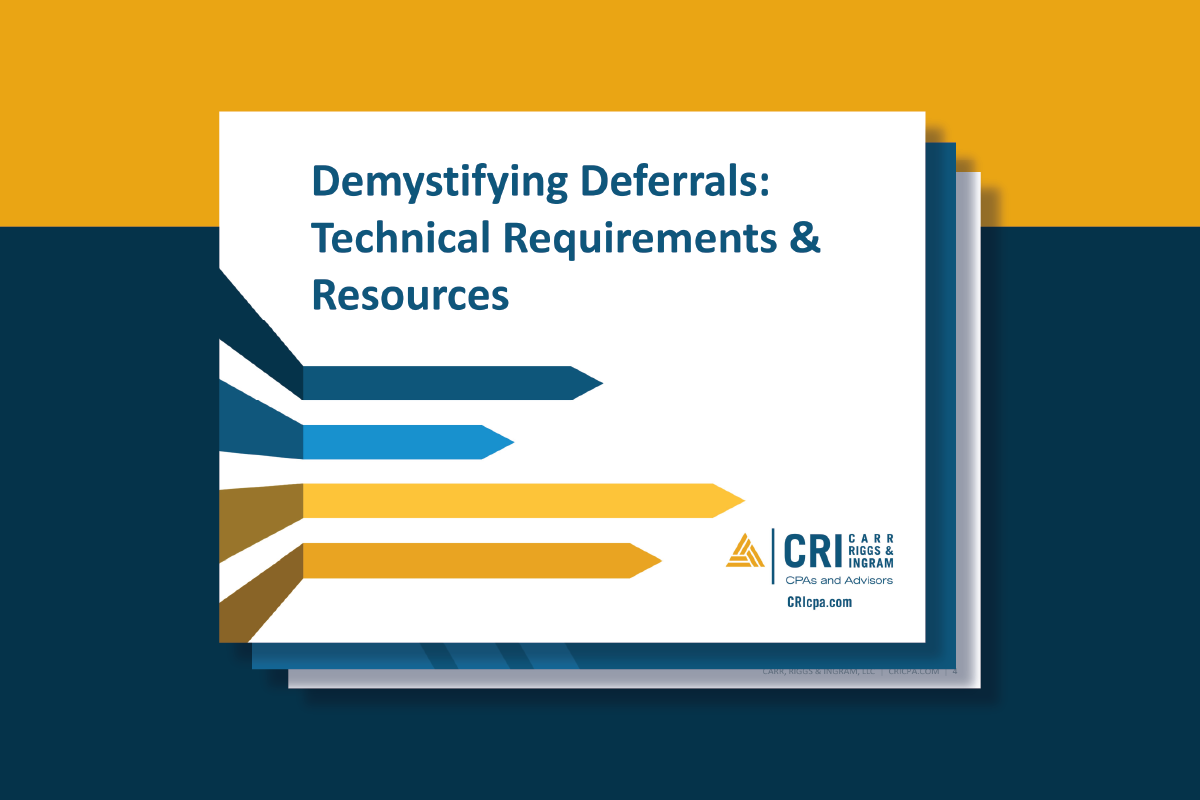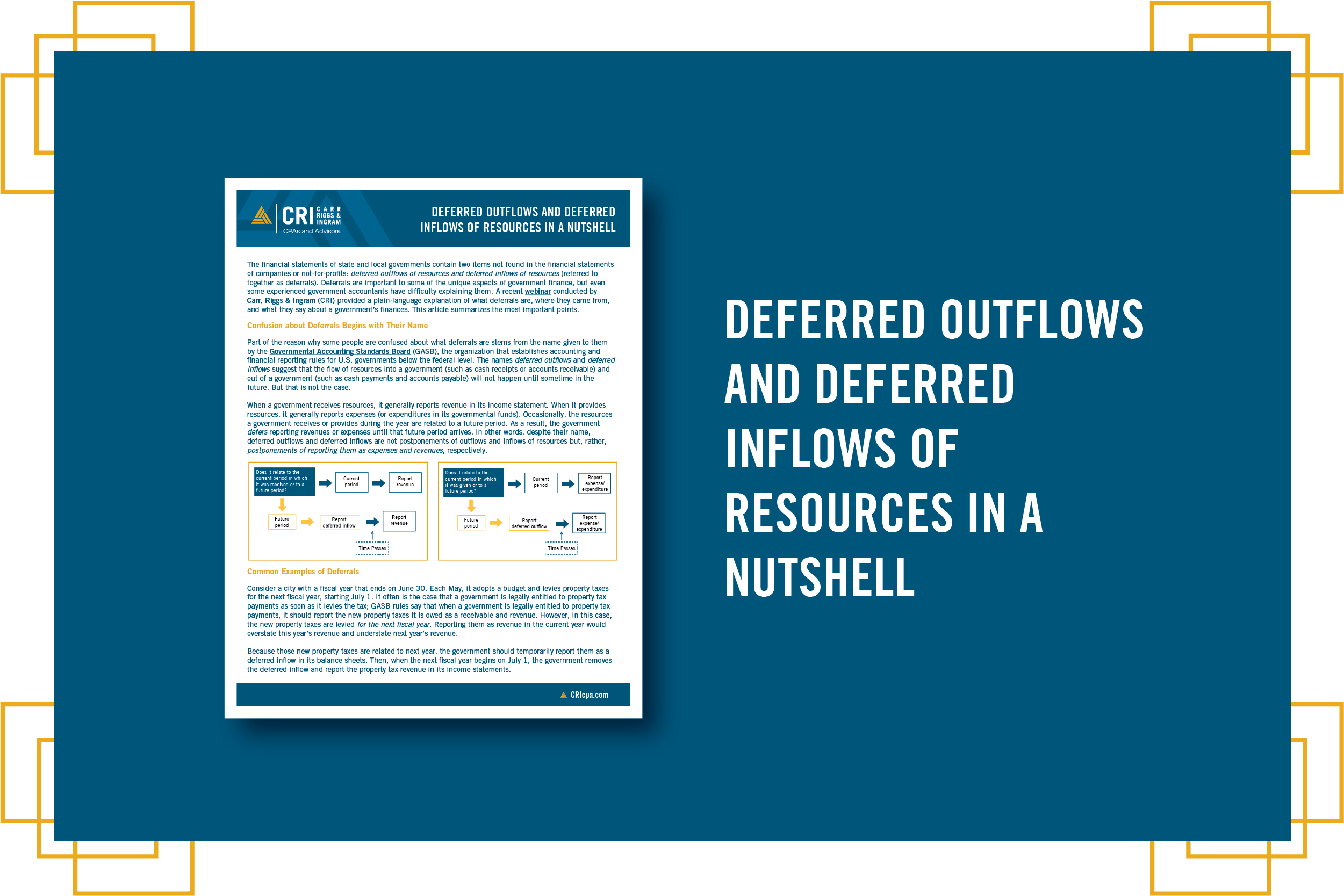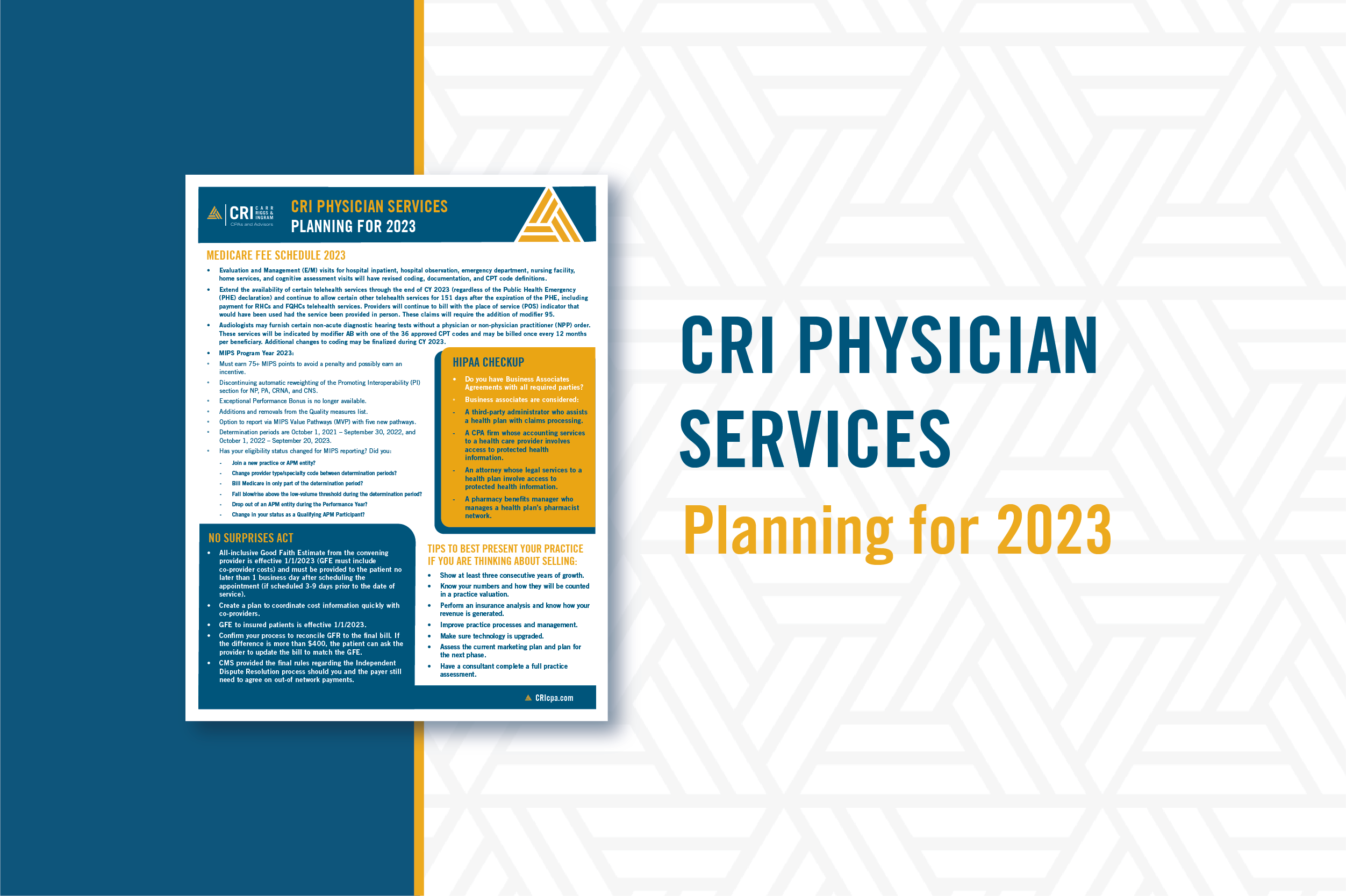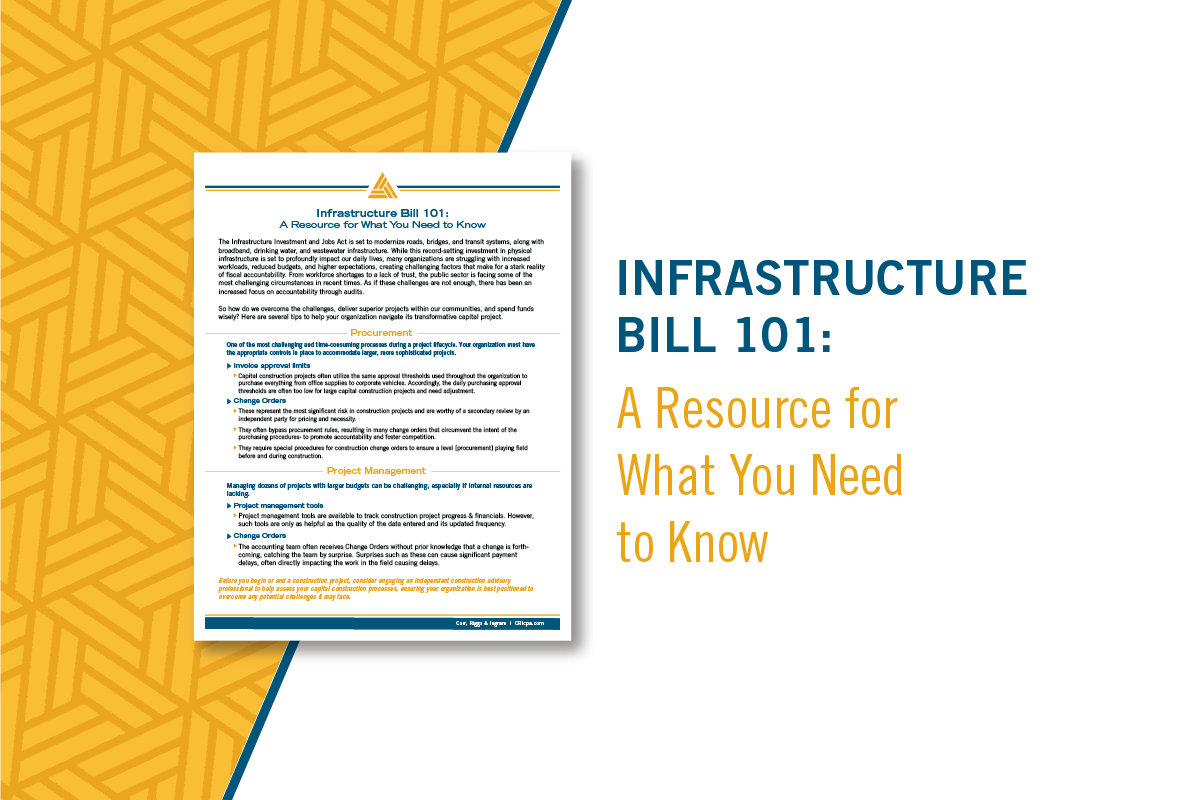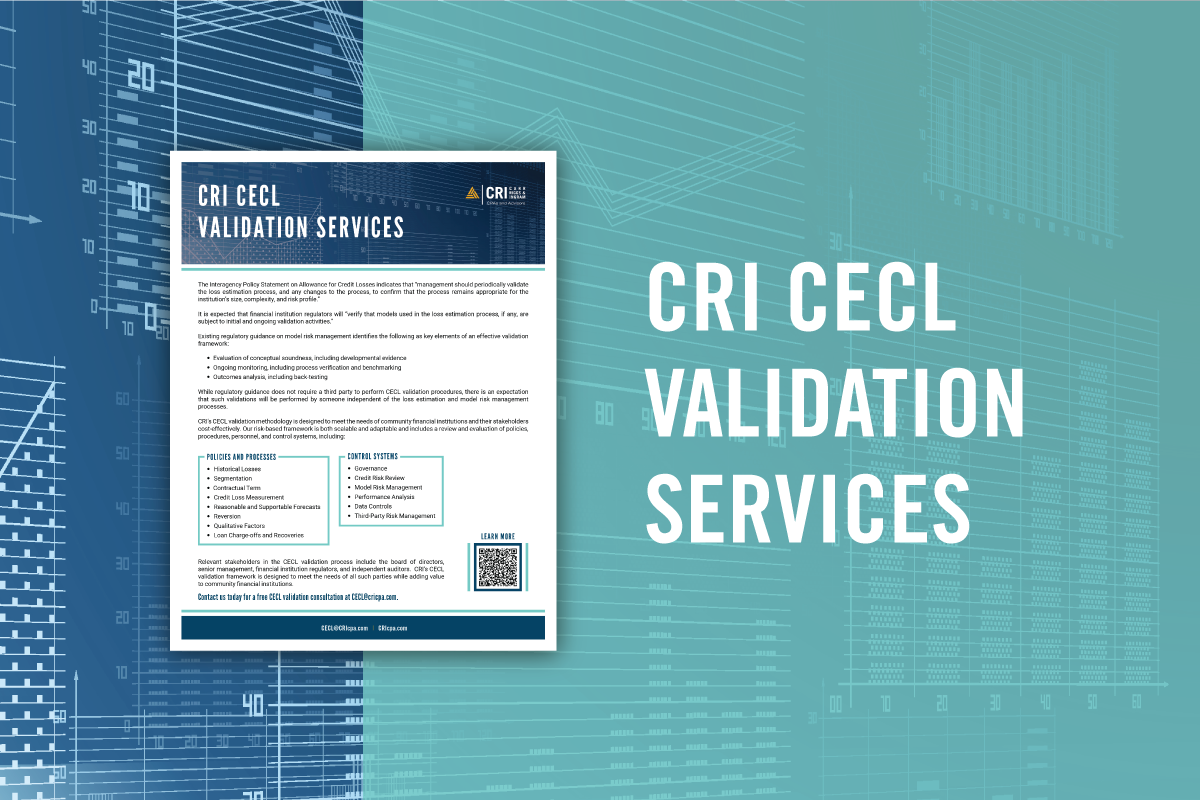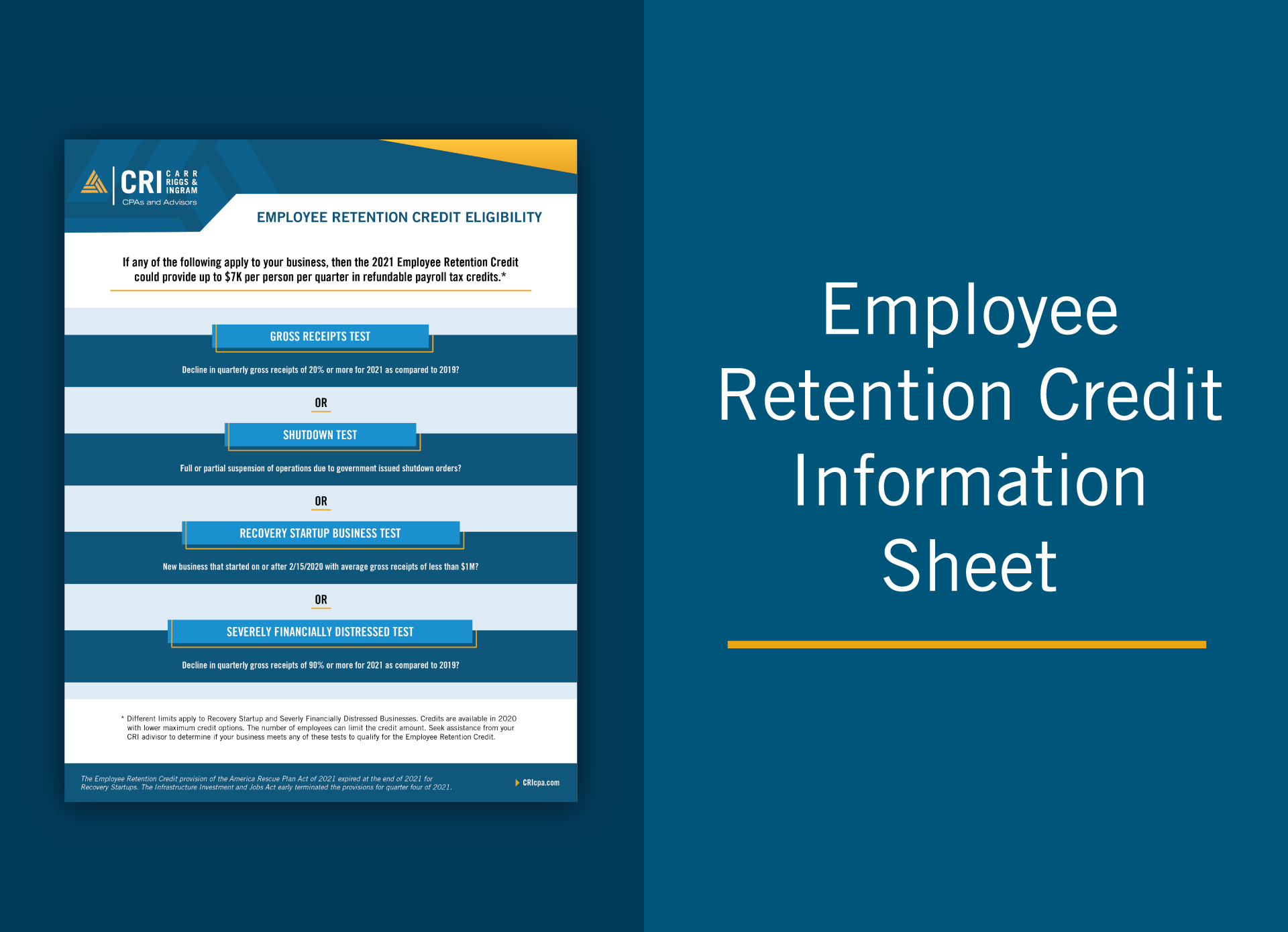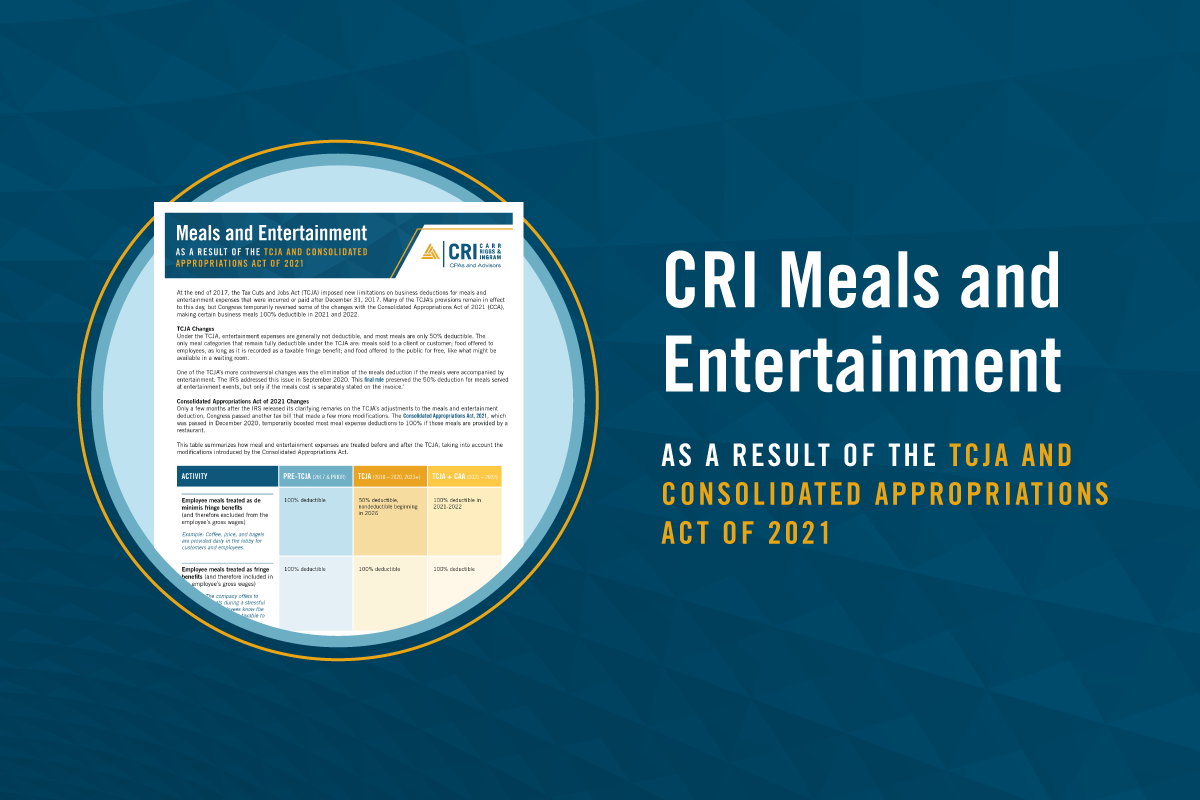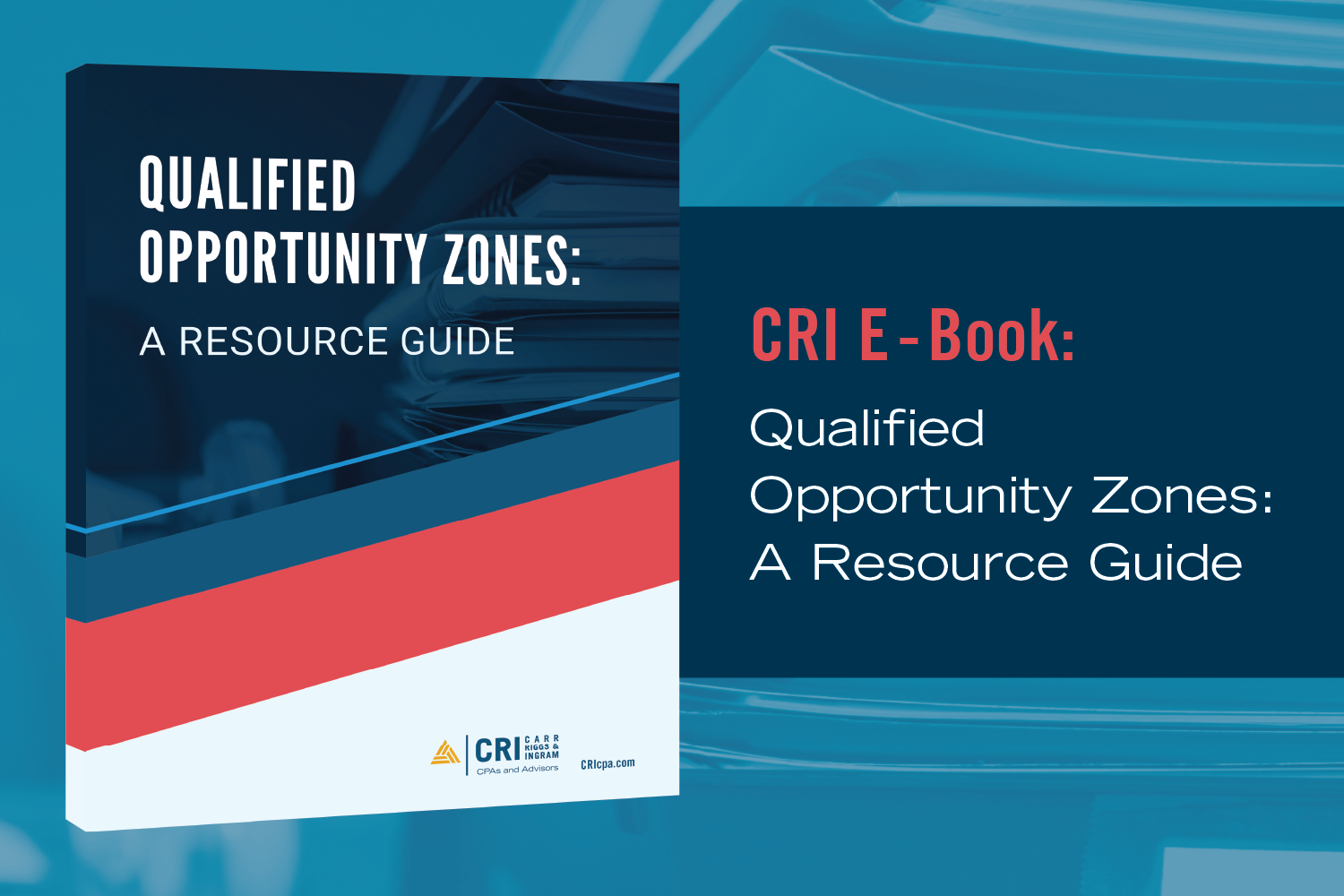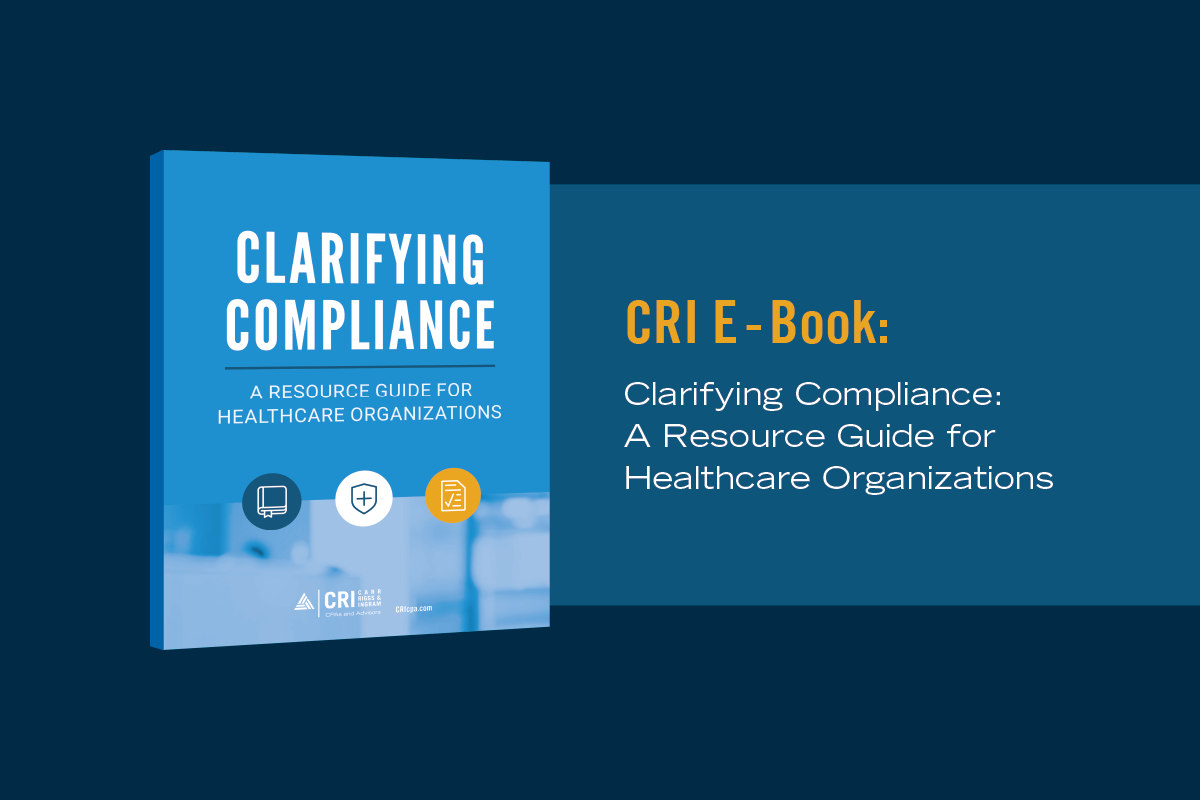Improve Manufacturing Company Profitability
Feb 9, 2020
While a strengthening economy has provided a much improved operating environment for manufacturing companies, strong management teams should constantly be focused on improving margins. Here are four steps a company can take to increase margins and improve its profitability.
1. Begin evaluating the manufacturing company's pricing strategy for those products and/or services with the lowest profit margins.
Consider why the product or service isn't more profitable. Is there a technological solution that will improve production efficiencies? Is there a way to alter the production without changing the product's functionality? Is it possible to add value to a product before it goes to market? Has the need for this product changed and/or has a competitor provided an evolved product? Be sure to focus on specific products and customers' transactions to pinpoint exact areas of lack of profitability. It's important to be as precise as possible in the analysis so that potential solutions will be equally accurate. If the transactions don't answer the immediate questions, consider conducting a customer survey to provide the needed data for informed decisions.
2. Identify the particular product's customer base and demographics.
Categorize customers according to the amount of value they place on the manufacturer's products. Next, determine if consumers consider this product to be a necessity or a luxury and whether that changes based upon each sub-category's demographics and competitive influences. For example, a customer who buys an optional part of a machine will be less tolerant of an increased price. However, another customer using the product as an indispensable piece of his or her production process will be more tolerant of pricing increases, especially if they are on par with competitor’s prices. Based on the manufacturing company's analysis from the first two steps, it should establish relevant, specific pricing and negotiation guidelines after identifying these categories and then assign customers to them.
3. Set boundaries for sales negotiations and frequently re-evaluate the pricing model.
While pricing should be flexible, there should be exact points where the deal is not made based on its impact on margins. Publish these boundaries for the sales team and ensure that the pricing structure accounts for any commissions. Although some industries are more volatile than others, firms should track particular turning points and create plans to evaluate the pricing structure. Reacting quickly to competitor's strategies – economic instabilities and regulation changes notwithstanding – ties directly to profitability.
4. Enlist the help of a manufacturing CPA.
CPAs are trained to look through the numbers of financial statements, invoices, and other financial documents to understand what drove them. An independent review of your manufacturing company's product pricing could potentially set you ahead of the competition. Contact your local CRI professional for more information regarding your unique situation.





















